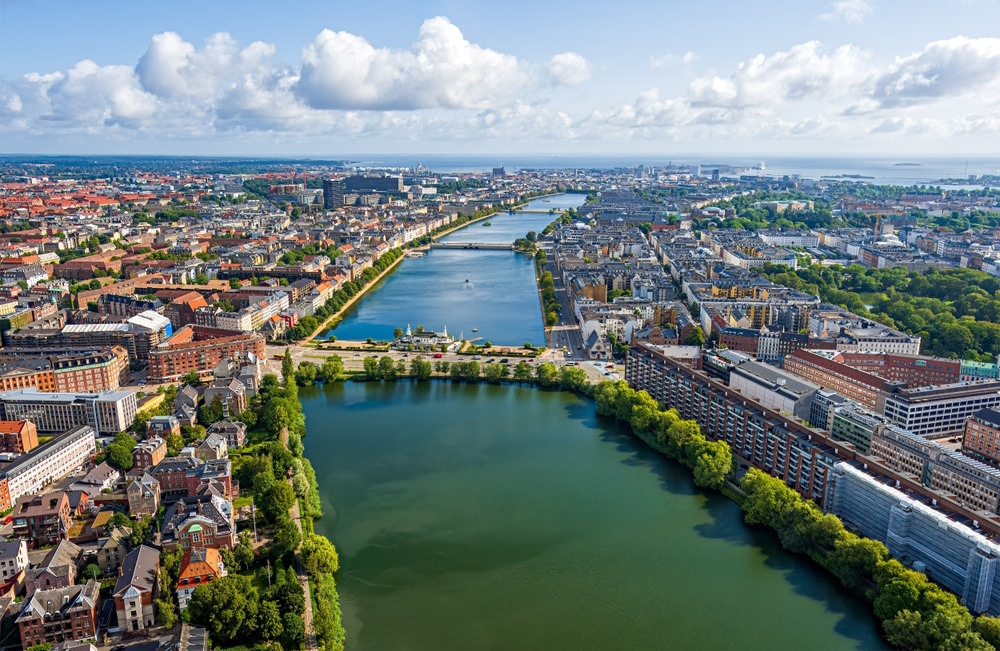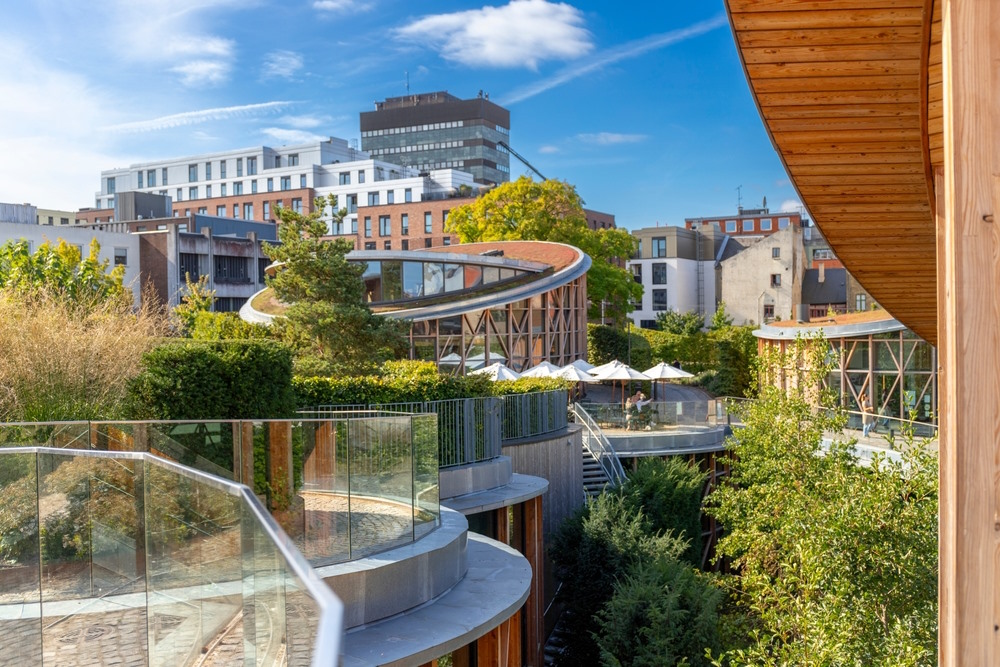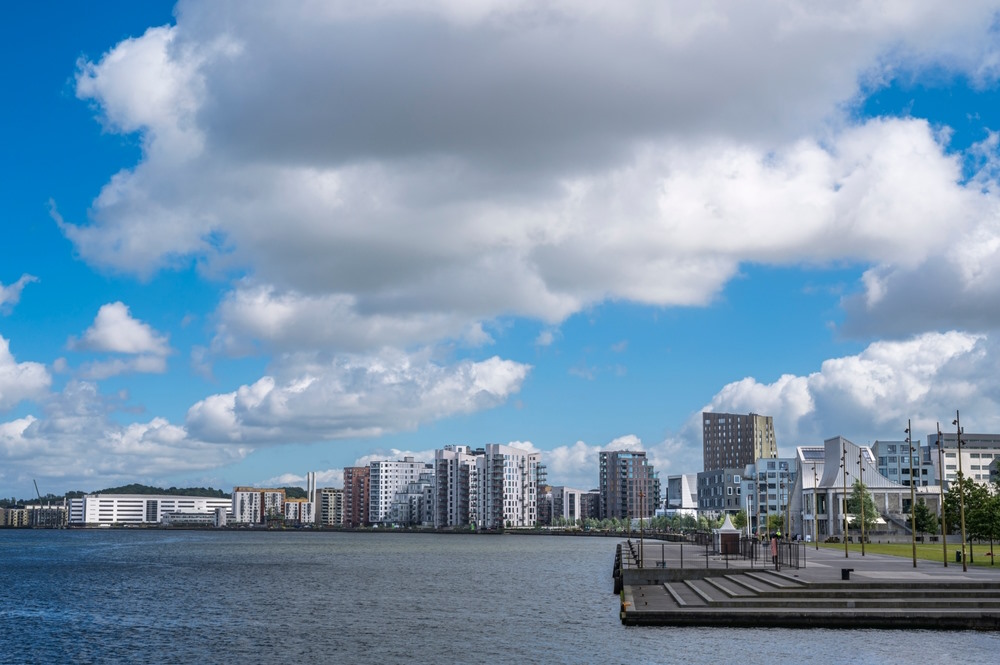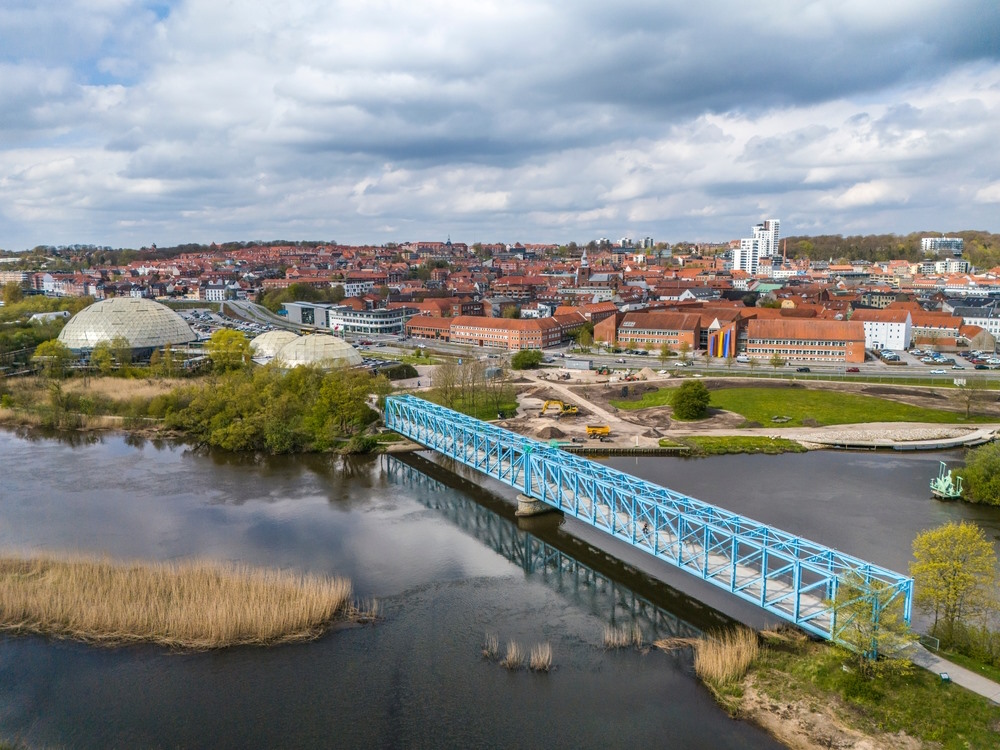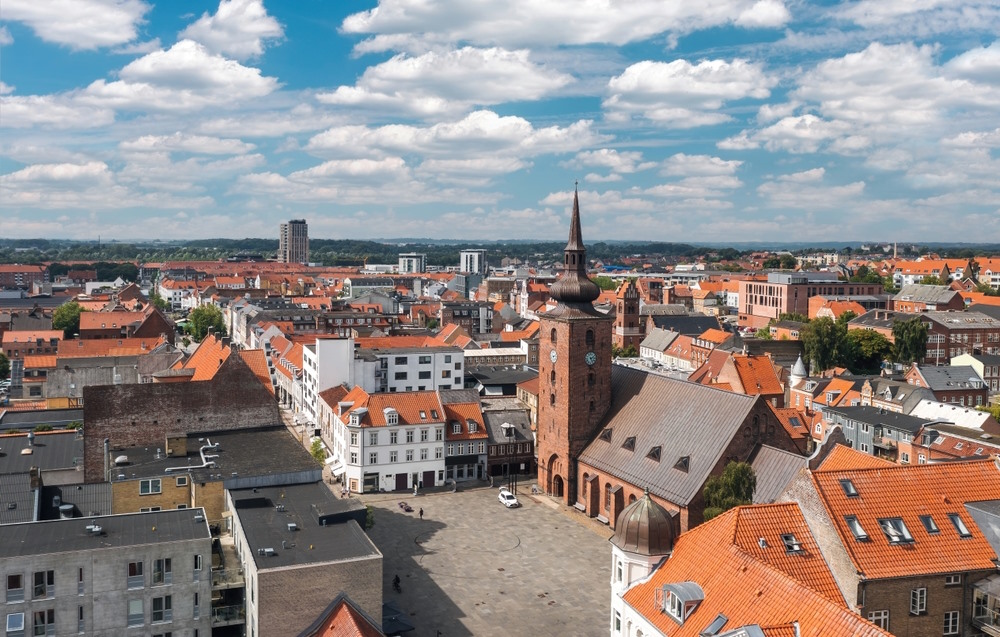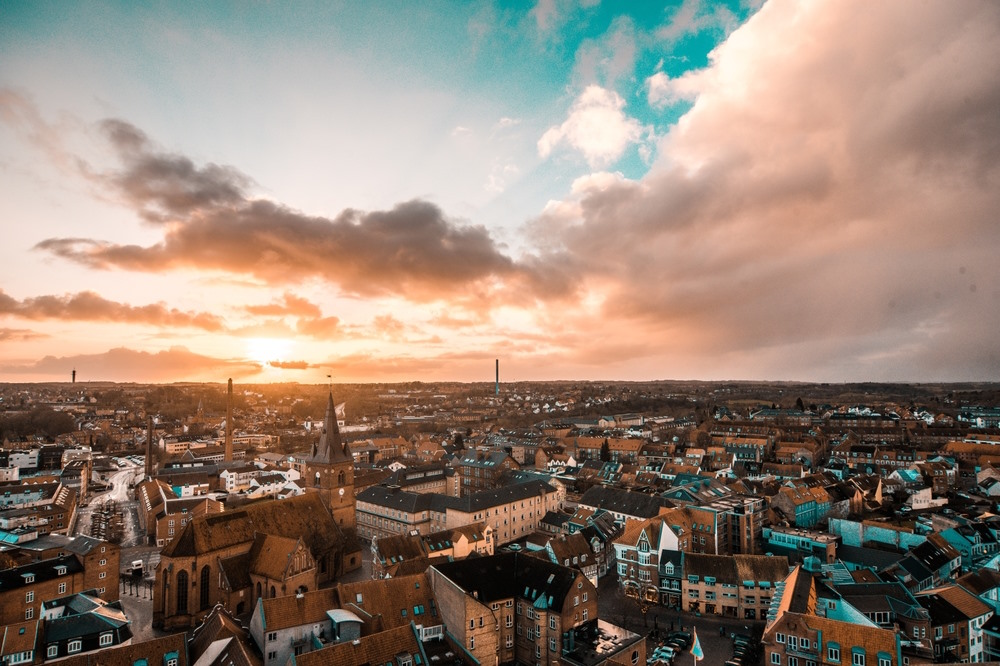Denmark is known for its high quality of life, innovative cities, and rich history. From the bustling capital to charming regional hubs, each city contributes to the country’s unique character.
These are the ten largest cities in Denmark in 2025, based on the number of residents within city limits.
1. Copenhagen – approx. 1,396,508 residents
Copenhagen, the capital of Denmark, is the political, economic, and cultural heart of the country. The city is known for its historic architecture, modern infrastructure, and vibrant culture.
With iconic landmarks such as The Little Mermaid, the Tivoli amusement park, and the Royal Palace, Copenhagen attracts millions of visitors annually. It’s also a frontrunner in sustainability and bike-friendliness.
2. Aarhus – approx. 301,049 residents
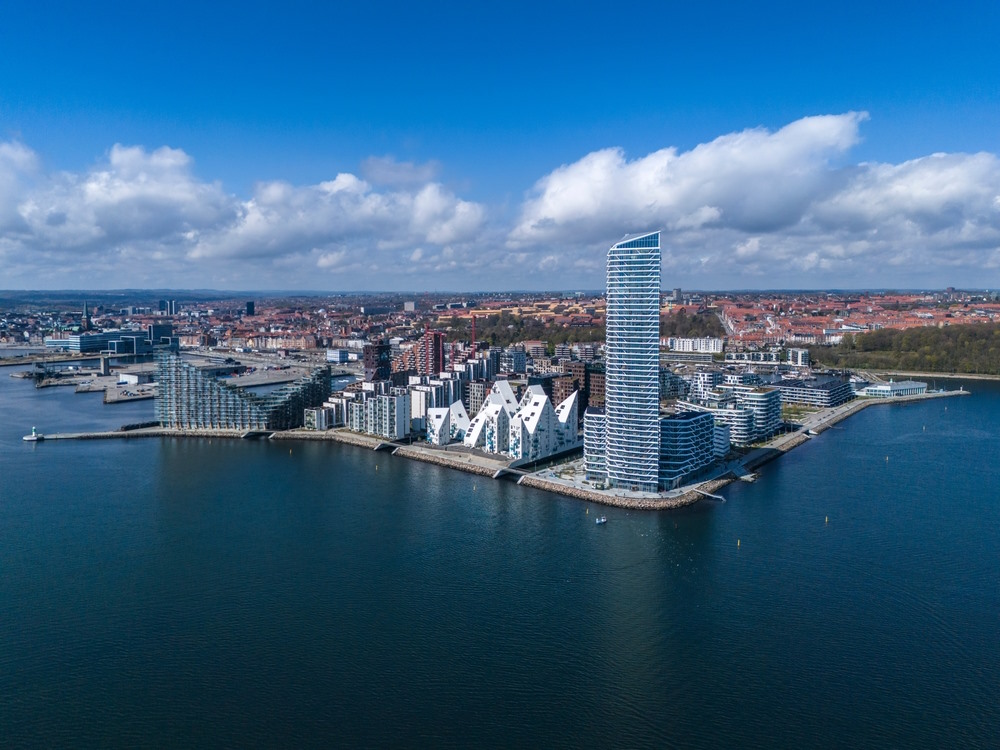
Aarhus is located on the east coast of the Jutland peninsula. The city combines a rich history with a modern flair. Known for its university, museums, and lively music and arts scene, Aarhus is a dynamic hub for education and culture.
3. Odense – approx. 185,480 residents
Odense is located on the island of Funen and is the birthplace of famous fairytale author Hans Christian Andersen. The city offers a mix of historical charm and modern amenities. With its picturesque streets, museums, and green parks, Odense is attractive for both residents and tourists.
4. Aalborg – approx. 121,878 residents
Aalborg is located in northern Jutland. The city has a strong industrial past and has transformed into a modern cultural center. It’s known for its lively harbor, university, and annual events like the Aalborg Carnival.
5. Esbjerg – approx. 71,554 residents
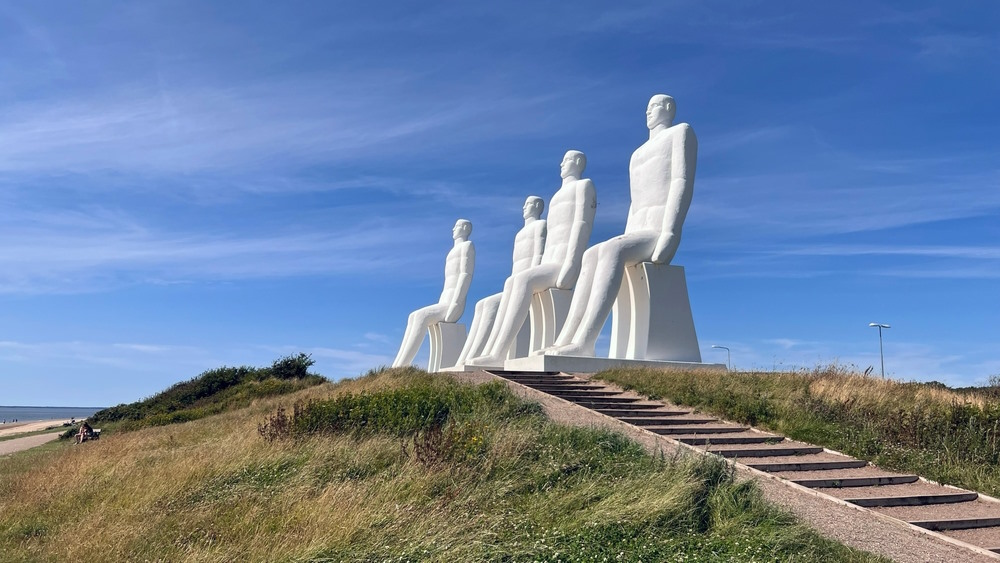
Esbjerg is a major port city and the center of Denmark’s oil and gas industry. The city also offers cultural attractions such as the Esbjerg Art Museum and the striking “Mennesket ved Havet” (Men at Sea) sculpture.
6. Randers – approx. 64,511 residents
Randers lies on the Gudenå River in eastern Jutland. It’s a city with a rich history and a thriving cultural life. Highlights include Randers Regnskov (a tropical zoo) and the historic town center with half-timbered houses.
7. Horsens – approx. 64,418 residents
Horsens, located in eastern Jutland, combines industrial heritage with a flourishing cultural scene. The city is known for its music festivals, art exhibitions, and a former state prison now functioning as a cultural venue.
8. Kolding – approx. 63,645 residents
Kolding is known for its design scene and educational institutions. Popular attractions include Koldinghus Castle and the Trapholt Museum of modern art and design.
9. Vejle – approx. 62,011 residents
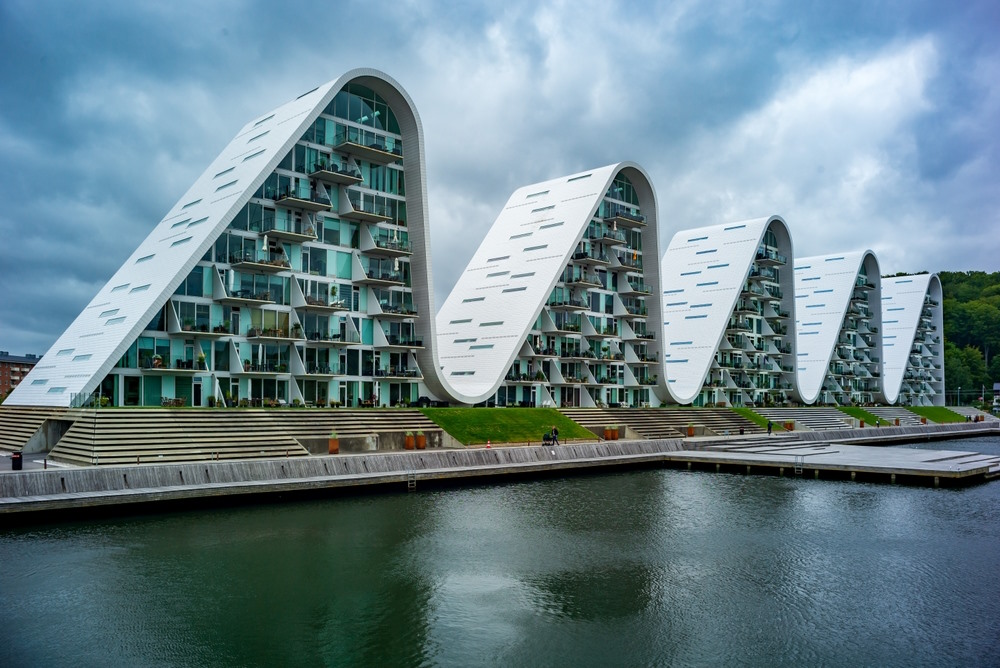
Vejle, located by the fjord of the same name in southeast Jutland, is known for its beautiful natural surroundings and innovative architecture, including the iconic “Bølgen” (The Wave) apartment complex. The city blends urban development with green initiatives.
10. Roskilde – approx. 53,354 residents
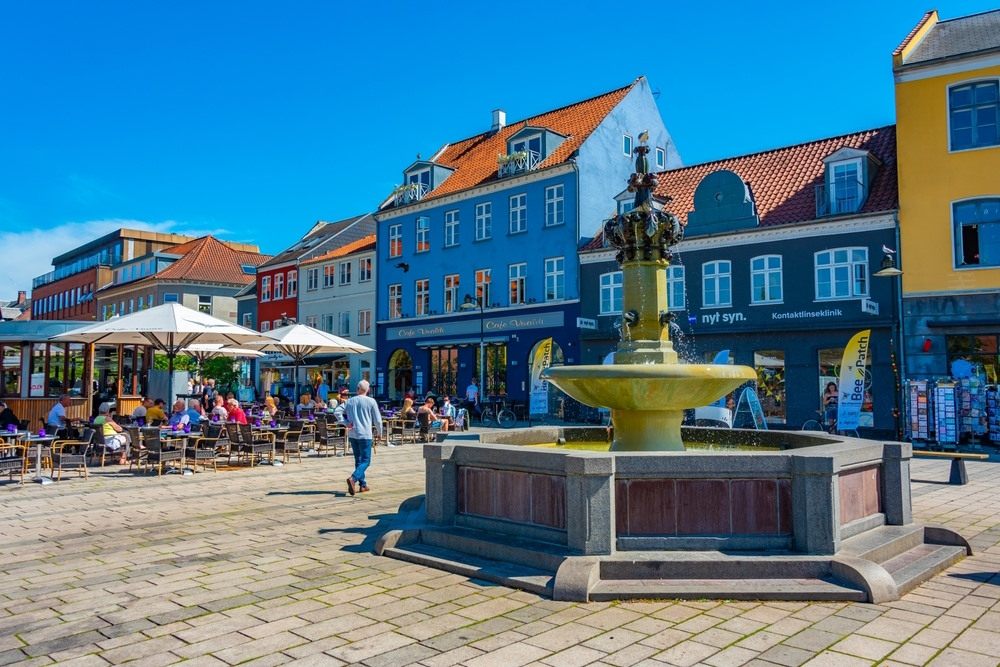
Roskilde is located on the Danish island of Zealand. The city’s history dates back to the Viking Age. It is famous for Roskilde Cathedral, a UNESCO World Heritage Site, and the annual Roskilde Festival — one of the biggest music festivals in Europe.
Together, these cities form the dynamic urban landscape of Denmark in 2025, each contributing uniquely to the nation’s culture, economy, and history.

